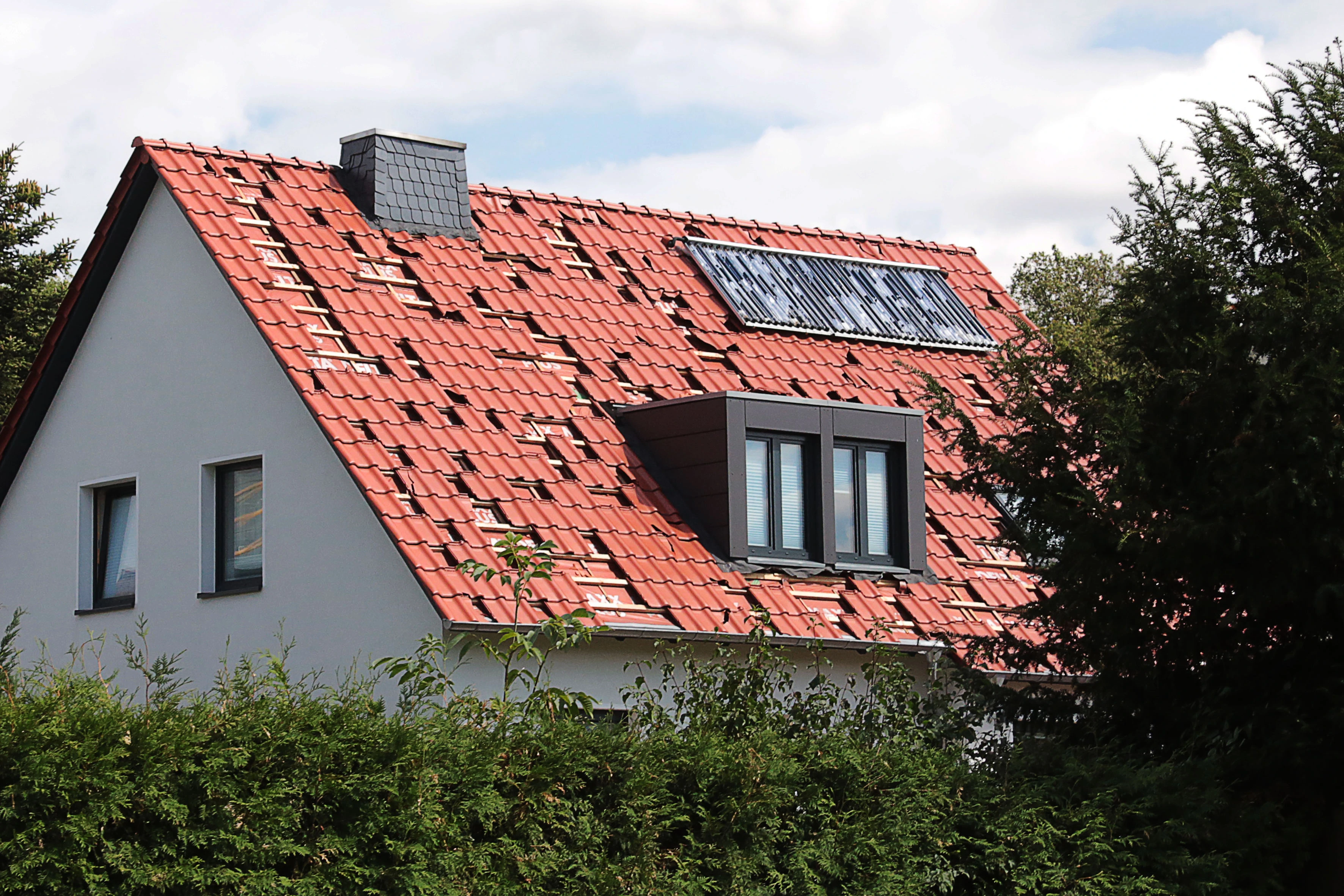As the climate has warmed, there’s been an increase in the ingredients that make up hail storms: more instability in the atmosphere and stronger updrafts. The altitude in the atmosphere where water freezes has also been rising because of the warmer weather. This means that small hailstones often melt before they hit the ground. The upshot, said Gensini, is the hail that hits will be bigger and storms that produce small stones will be less frequent, thanks to climate change.
Yet even if warming’s effect on hail globally is still emerging, there are clear climate signals in specific places, namely Europe, according to Ian Giammanco, lead research meteorologist and managing director of standards and analytics at the Insurance Institute for Business & Home Safety (IBHS), an industry-funded research group. “The hail across northern Italy, France and that sort of belt is increasing at an anomalously high rate,” he said.



Insurance companies aren’t known to just spend money for no reason, it’s adding nucleation points, with less nucleation points the hail can build up larger before it break out of the storm cloud.
Sure they can’t prove it’s doing anything, but more nucleation points can’t make things worse and they know more nucleation points mean smaller potential hail.
It’s usually politics at play or environmentalists screaming about chemicals in the clouds that are the hurdles for something like this.
One of the biggest problems in research is that there is no control: We don’t know what would have happend without the seeding. So we can only compare random storms that are seeded and not. Here the differences are very small (i.e. statistically insignificant). But that doesn’t mean it has no effect.
Also I think we should be careful when using such things at large scale, as we just don’t know the outcome. In small quantities it is however no hazard at all.